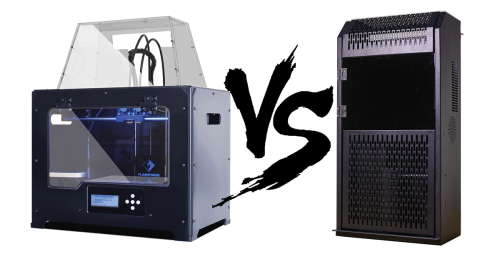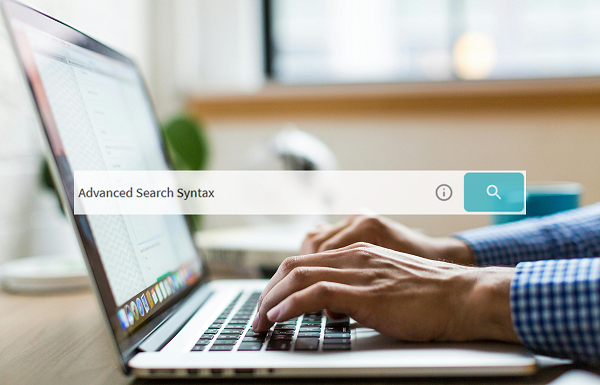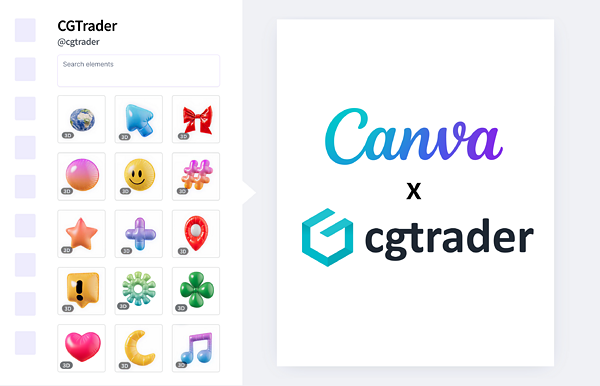Our friends at mēkā are sharing the info about 3D Printers. We've decided to share their knowledge and observations about some 3D printers on our site. Hope you enjoy it!
One of those questions that we always get asked - “So which is better, Fused Deposition Modelling or Digital Light Processing 3D Printing?”
Before we embark on answering that we have to address the fundamentals.

What is FDM 3D Printing?
Fused Deposition Modelling is actually a trademarked term, we can also use Fused Filament Fabrication, a friendlier term coined by the geniuses from the Reprap Project.
In FDM/FF 3D Printing, a model is built by small beads of thermoplastic which form layers after extrusion from a nozzle. Picture a hot glue gun building an object under computer control.
What is DLP 3D Printing?
In DLP 3D Printing, we talk about resins as opposed to filaments and thermoplastics. A vat containing resin is exposed to UV light in different patterns while the build plate is moved up or down in small increments. This causes the resin to harden, hence building the object. Excess resin is then drained away, leaving the hardened model for processing.
What are the differences?
1. Quality of finishes
DLP 3D Printers create parts that have a smoother finish than FDM/FFF 3D Printers. DLP 3D Printers generally have a smaller minimum feature size
2. Resolution
You will be able to create higher resolution parts with a DLP 3D Printer. As FDM/ FFF 3D Printing is limited by the size of the nozzle, DLP 3D Printing is limited by the pixel density of the light source (projector).
3. Strength of parts
DLP 3D Printing produces parts that are more fragile than those created with FDM/ FFF 3D Printing. But this may also be a function of the materials available. Developments of resins have not moved as far along as developments of filaments for FDM/FFF 3D Printers. This is expected to change and in order to take full advantage of all the perks of DLP 3D Printing.
4. Speed of Printing
With DLP 3D Printing, a whole layer is being cured at the same time while with FDM, it takes much longer time for a layer to be built. Although, there are many parameters that can affect the speed of 3D Printing for both technologies, it is generally agreed that DLP 3D Printing will be faster than FDM/FFF 3D Printing.
5. Ease of use
FDM/ FFF 3D Printing wins in this category. Due to the different processes and starting materials used, DLP needs quite extensive set-up, post-processing and curing.
In short, DLP is a way more messy process than FDM 3D Printing.
6. Cost
The cost of a DLP 3D Printer and consumables may be significantly higher than that of FDM/ FFF 3D Printers. As a comparison, on our online store we have the Flashforge Dreamer available at SGD1649 while a DLP 3D Printer currently on the market, the M-one by Make-X retails for the equivalent of SGD3800 (USD 2899). As for consumables, filaments for FDM/ FFF 3D Printers are on sale at $38/kg while the most affordable resin (Standard Resin from Funtodo) is $79/litre. DLP 3D Printing can be significantly more expensive than FDM 3D Printing. This is not including the costs associated with post-processing of the prints (a must when doing DLP 3D Printing).
In conclusion, they are both better than the other. It really depends on applications - What do you require of your 3D print? Where will it be used and how must it perform in that situation? What is most important to you? As a guide, FDM/ FFF 3D Printing is good for prototypes that may require a bit of strength while DLP 3D Printing is good for models with intricate details and that require good quality finishes.
If you are thinking about acquiring either a FDM or DLP 3D Printer, my answer would be, to quote a RepRap Forum User, you need both, just as you need a toothbrush and floss.
You can find similar posts about 3D Printers from mēkā and more Right Here




Comments